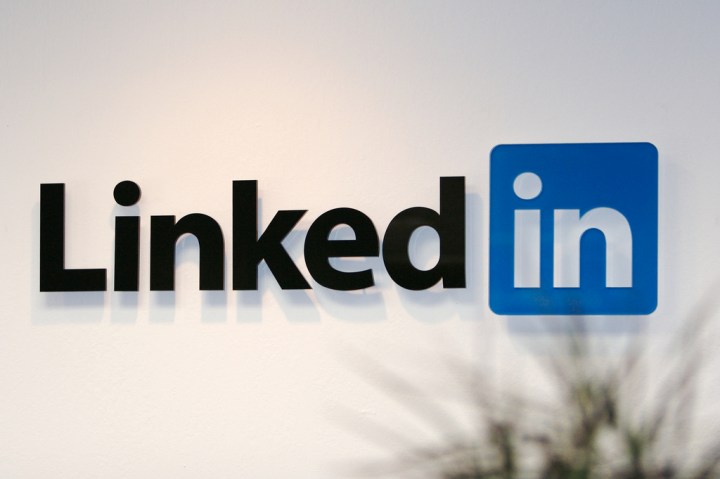
The Name Game is one of many tools on the site promoting LinkedIn’s Bring In Your Parents Day event scheduled for November 5, 2015, in which we are encouraged to bring our parents to work with us. According to LinkedIn, 1 in 3 parents have no idea what their kids do for a living.
The purpose of the event is to get parents familiar with the work their children do, providing a glimpse of your work space while giving you an opportunity to thank them and show your appreciation for raising you. It is stated on the website that, last year, over 50 businesses “opened their doors to more than 20,000 parents” around the world. If you, your parents, or your coworkers wish to participate in the third annual Bring In Your Parents Day event, you can sign-up at the site. LinkedIn also provides a toolkit with downloadable posters, invites, and checklists you can share to get everyone on board.
The LinkedIn #BIYP Name Game is a generator on the site requiring that you simply enter your first name. It then shows the most common job or career that others who share your name have worked in. The data, according to LinkedIn, is based on English-language LinkedIn profiles and the most common first names and standardized job titles. Although many users claim that the Name Game is strikingly accurate (for instance, Henry is a conductor, Joe is a plumber, and Helen is a teacher), LinkedIn notes that the game is intended for entertainment purposes only and shouldn’t be used to “recommend particular career paths to users.”
In the event that your parents don’t want to go to work with you, there are also suggestions and helpful tips for participating without actually attending. You can, for example, also participate by sharing videos or joining in on the discussion on social media using #BIYP.


